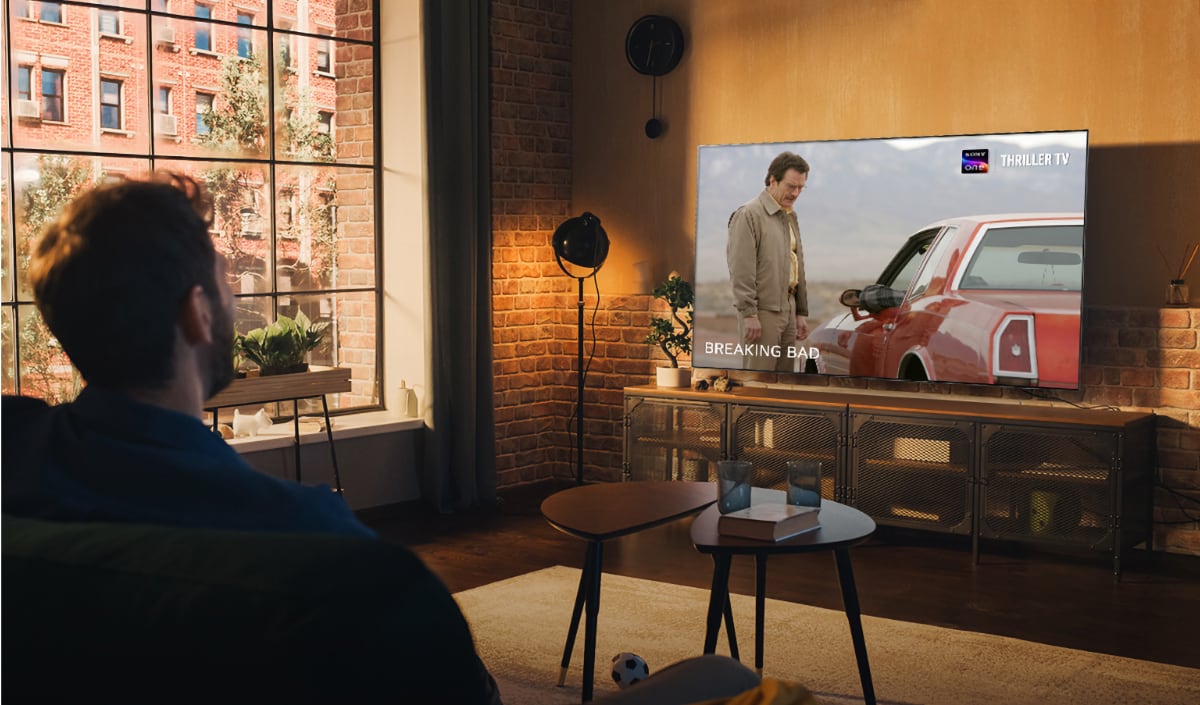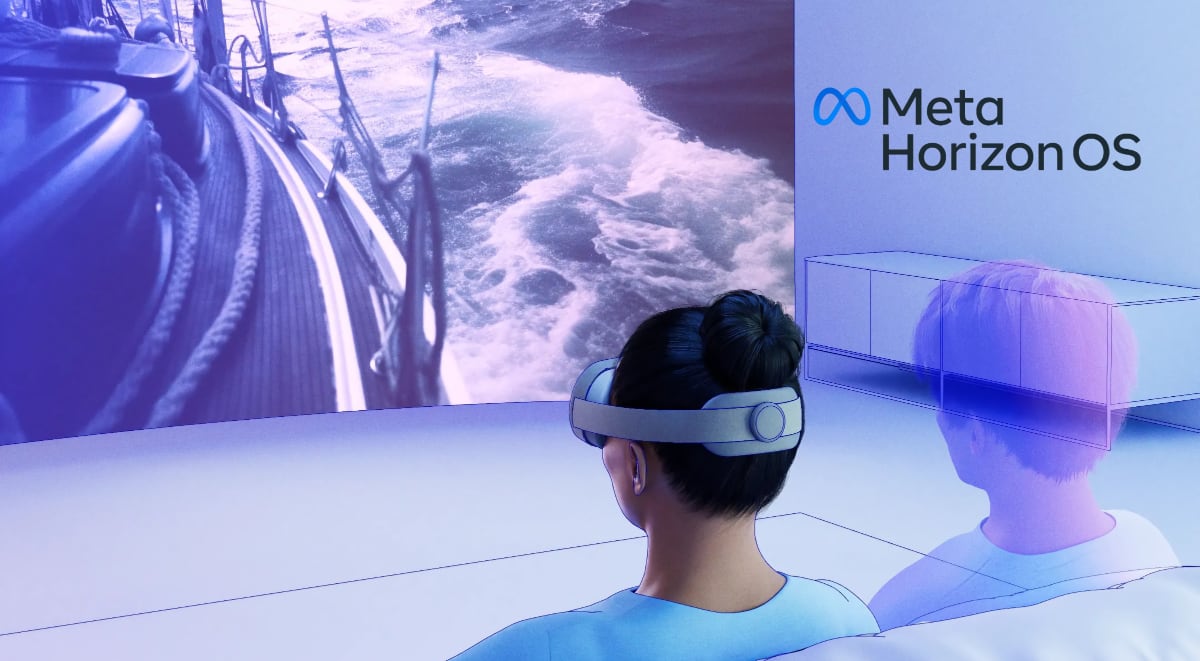The next generation of OLED displays utilizing blue PHOLED is still on track for 2024-2025 and it will lead to significant improvements to power consumption – or higher brightness.
OLED emission can be divided into two types; fluorescence and phosphorescence (PHOLED). OLED displays including TVs already use phosphorescence for red and green, but blue is still fluorescent, which is less efficient.
As first reported in December 2022, blue PHOLED is expected to ready for commercialization in 2024. In a new interview with Korean newspaper The Elec, developer and supplier Universal Display reiterated this timeline and provided more details.
More energy efficient OLED displays
One of the major advantages of switching to blue PHOLED is energy efficiency, which can translate to reduced power consumption or increased brightness – or a combination.
- "The application of the first-generation blue phosphorescent OLED material can reduce the power consumption of the entire OLED display by 24-25%," said Mike Hack, Vice President of Universal Display. "The proportion of blue phosphorescent OLED in the panel material cost is very small, so it would be cost-effective."
- "The ability to reduce power consumption by 25% means we can increase battery life, brighten the display, and make OLED more competitive than other display technologies," he added.

It is up to display makers to decide if they want to launch PHOLED in 2024-2025 and the first application may not be in TVs. Photo: LG Display
Universal Display still expects to commercialize blue PHOLED in 2024 but says that it is entirely up to manufacturers to decide when to launch consumer products. LG Display and Samsung Display are reportedly both currently reviewing Universal Display's blue PHOLED.
A concern with blue PHOLED is lifetime.
Micro-LED is not ready
In the interview, the VP of Universal Display also commented on micro-LED display technology and the competitive landscape relative to OLED.
- "It's an interesting technology, but it's going to be very difficult to be competitive against OLED," said Mike Hack with reference to micro-LED. "Micro LED technology is not ready for commercializing in most products, and I think it will be very difficult for micro LEDs to be competitive compared to OLEDs at this time."
He believes that OLED will remain the best display technology for the next 10 years based on further improvements planned including plasmonics and dry printing of OLED panels, so-called Organic Vapor Jet Printing (OVJP).
- "Plasmonics PHOLED can double energy efficiency and give up to 10 times display life," he said.
OLED will also soon make major inroads in IT monitors and headsets, he predicted.
- "Blue phosphorescent OLED can also be applied to WOLED+CF micro OLEDs," he said with reference to Apple's recently announced Vision Pro headset that uses micro-OLED.
- Source: The Elec, Universal Display









